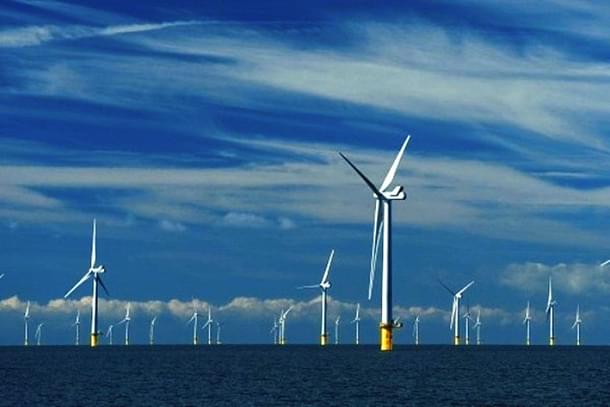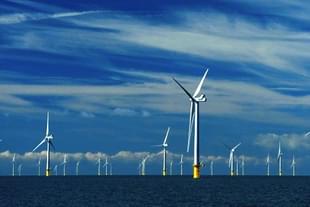Infrastructure
Budget 2024 Boosts Offshore Wind Energy With Viability Gap Funding For 1GW Capacity
Amit Mishra
Feb 01, 2024, 12:45 PM | Updated 12:45 PM IST
Save & read from anywhere!
Bookmark stories for easy access on any device or the Swarajya app.


In pursuit of its goal to achieve net-zero emissions by 2070, the Union Budget presented on 1 February has announced viability gap funding (VGF) for the offshore wind energy sector.
"Viability gap funding will be provided for harnessing offshore wind energy potential for initial capacity of one giga-watt," Union Finance Minister Nirmala Sitharaman said while presenting the Interim Budget in the Lok Sabha.
India unveiled an ambitious five-part pledge, termed "Panchamrit", at the COP26 Climate Conference in Glasgow in 2021. As part of this, India has envisioned achieving the target of "Net Zero", where the net carbon dioxide emissions from energy sources would be zero, by the year 2070.
Offshore wind energy is the clean and renewable energy obtained by taking advantage of the force of the wind that is produced on the high seas.
India is blessed with a coastline of about 7,600 km, surrounded by water on three sides and has good prospects of harnessing offshore wind energy.
Despite having geographical advantages and a robust policy regime, the sector has not taken off as anticipated — no offshore wind project has been established in the country till date.
Given the imperative of reaching the ambitious goal of 500 GW of non-fossil fuel-based energy capacity by 2030, it is essential to leverage all available renewable energy sources. Consequently, the government has redoubled its efforts to bolster the wind energy sector.
The budgetary announcement holds the potential to substantially elevate India's offshore wind energy segment by facilitating the development of 1 GW of offshore wind capacity.





